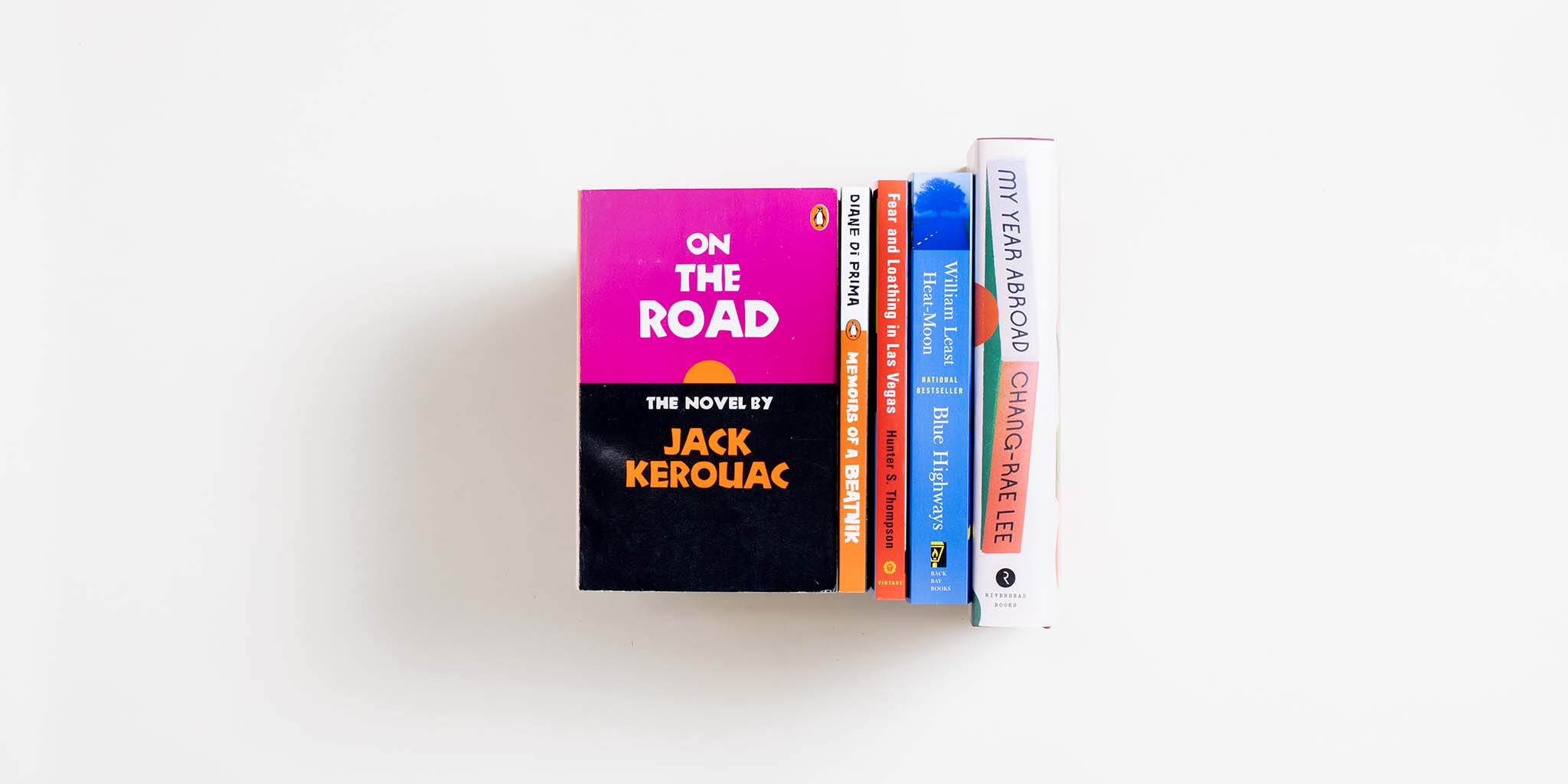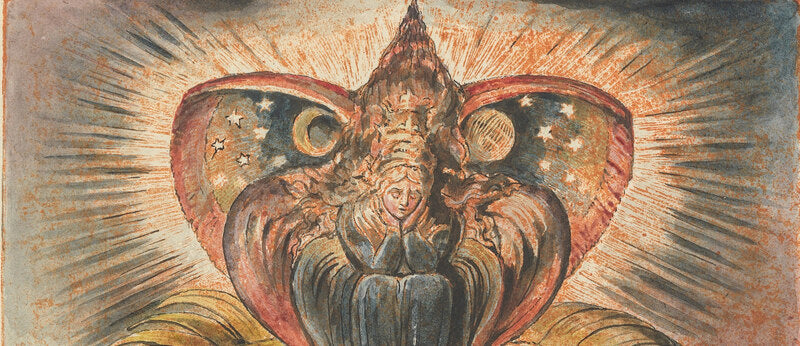Whether you’ve read it or not, it’s likely that you’ve heard the mythology surrounding the famous On the Road. In short, it goes a little something like this: a young Jack Kerouac, fueled by coffee and benzedrine, produces an earth-shattering novel in just three weeks. In his bare-bones Chelsea loft he reviews his 120-foot scroll of writing and recognizes in it… a masterpiece. A work of literature breathed by the Beatnik god himself. He submits it to publishers and, after six years of refusing their edits, releases it on September 5 of 1957.
Only, what if there was a different mythology? What if it were true that those divinely inspired three weeks were preceded by four years of note taking? What if, ten years earlier, his journal read: “I have another novel in mind - On the Road - which I keep thinking about: two guys hitchhiking to California in search of something they don’t really find, and losing themselves on the road, coming all the way back hopeful of something else.”
Could we then consider it equal with the road narratives of Robert Pirsig and John Steinbeck, or the travel memoirs of Maya Angelou and Simone de Beauvoir? Could we then… read something else?

A map of William Least Heat-Moon’s route around America, 1978.
Blue Highways by William Least Heat-Moon
“Some men, when they lose their jobs and their wives, take to drink and go to the dogs,” reads an article from The New York Times. “When William Least Heat-Moon lost his, he took to the road.” Only, in his 1975 Chevy Econoline van, he didn’t take to just any. He followed the blue highways, as he called them: the out-of-the-way roads that decorated both countryside and atlas, the winding lines of blue ink that ran across Rand McNally's America.
Least Heat-Moon, an author of both Osage and English ancestry, subtitled this book A Journey Into America. A bestseller in 1982, it read as both a personal and a patriotic reckoning. It sifted through the remains of a post-war and post-scandal America, shaking out the small towns and the big views of a country.
Memoirs of a Beatnik by Diane di Prima
Diane di Prima was a Beat poet among men. She co-edited a literary magazine with Amiri Baraka, joined Timothy Leary’s intentional community in upstate New York, and taught at the Jack Kerouac School of Disembodied Poetics. She had her first collection of poetry introduced by Lawrence Ferlinghetti, who wrote: “Here’s a sound not heard before… The heart is in it.”
Memoirs of a Beatnik was di Prima’s On the Road - though not because she intended it that way. Erotic and insatiable, hers was a work to share Kerouac’s literary street: their two books, like two cars, swerving between the exits of fiction and non.
Fear and Loathing in Las Vegas by Hunter S. Thompson
Jack Kerouac was to “spontaneous prose” as Hunter S. Thompson was to “gonzo journalism” - both defined a moment in literary history. Their blurred lines of fact and fiction, their immersive approach to storytelling, and their lucid yet feverish feeling was what set these authors apart. Not to mention, what made them famous.
Published in 1971, Fear and Loathing in Las Vegas chronicled the hallucinatory escapades of Thompson and his subject Oscar Zeta Acosta, a Mexican-American lawyer and Chicano activist. Bold and political and illicit, its mythology remains both vast and (mostly) intact.
My Year Abroad by Chang-rae Lee
Chang-rae Lee’s newest novel was what Kirkus Reviews called “a sage study in how readily we’re undone by our appetites,” which could have been said of On the Road as well. Only, this novel followed its narrator from New Jersey to Hong Kong and from excess to exploitation… earning it the qualifier that its Beat Generation predecessor only narrowly missed - “sage.”
My Year Abroad was Chang-rae Lee’s sixth novel and, at its finest, read as decadently and dramatically as some of Kerouac’s best. With all the twists and turns of a road narrative, but with fewer hipsters.
Sarah J. Bofenkamp is a reader, writer, and librarian living in Palouse, Washington.
View all Alternatives to Jack Kerouac







